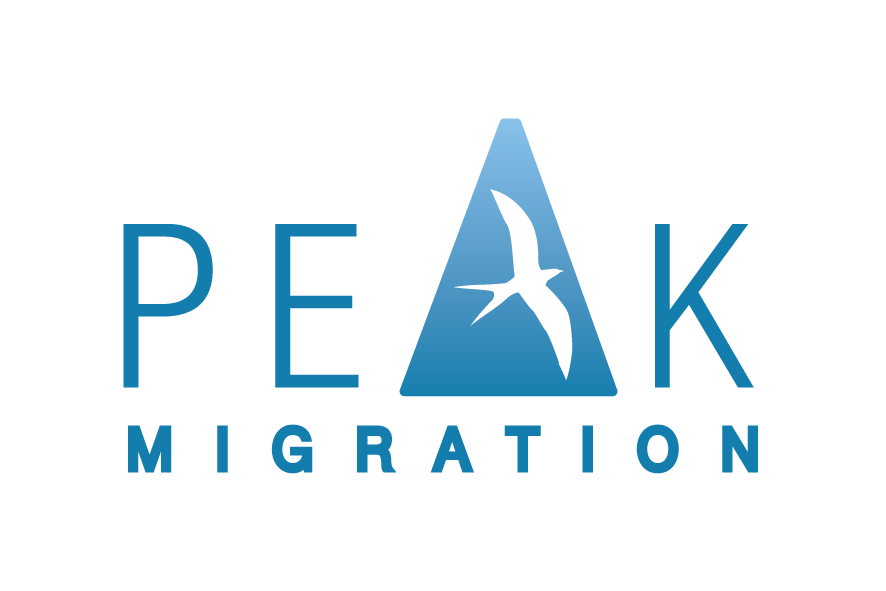457 and ENS training benchmarks tighten from 1 July 2017, accredited business sponsorship expanded
/As always, 1 July is a date that brings many regulation changes for visas and related applications. This year is no different. Ever since it was announced that the Temporary Work (Skilled) (subclass 457) visa would be abolished in March 2018, the planned phases of reforms for both the 457 visa and permanent employer sponsored visas, the Employer Nomination Scheme (subclass 186) visa and Regional Sponsored Migration Scheme (subclass 187) visa, have adhered to their proposed timeline of reforms.
We are now privy to one of these changes, which is amendments to the training benchmarks. Training benchmarks are required to be met by an organisation applying for a Standard Business Sponsorship (for a 457 visa), or to successfully nominate for a permanent 186 visa from 1 July 2017.
These benchmarks originally came from the one legislative instrument. From 1 July these have been split into two. One is for Standard Business Sponsorship applications, sponsor obligations for training, and for nominations for 186 visas under the Temporary Resident Transition stream, the other is for nominations for 186 visas under the Direct Entry stream.
The rationale for the new benchmarks was to clarify in law, what was previously policy with a few major differences. Of note:
- These benchmarks only apply to applications which require them from 1 July 2017,
- The substance of both instruments is the same,
- The policy of allowing the benchmarks to be met either 12 months prior to the application or in the last financial year was previously policy but is now law,
- The definition of payroll, and its alternative is there is none, is practically identical to current policy,
- Training benchmark B appears to be more difficult to meet, namely due to:
- Invoices from external training providers for face-to-face training seem to only be acceptable if it involves contribution to an Australian Qualification Framework qualification,
- Salaries to internal trainers appear to only be acceptable if training is their sole role,
- Training must be relevant to the industry of the business,
- Training to principals of the business or their family members cannot be counted. It was previously acceptable, under policy, for up to 40% of the training benchmark,
- Businesses are required to show that the training is related to the purpose of the business,
- Membership fees, books, journals, subscriptions that have training components will not be counted at all. It was previously acceptable under policy for the percentage that involved training.
It remains to be seen why such ‘belt tightening’ is necessary at this late stage. The training benchmarks were described not too long ago, by the Department of Immigration and Border Protection’s policy as ‘interim’ benchmarks, ever since their introduction way back in 2009. Furthermore, these benchmarks are set to be applicable for a total of 9 months before being phased out for the Skilling Australians Fund Levy.
Also from 1 July 2017, organisations wanting priority processing and to ‘upgrade’ their sponsorship to being an ‘Accredited Sponsor’ will have expanded grounds to apply.
Briefly, an organisation will need to meet one of four categories. These are:
- Commonwealth, State and Territory government agencies – who have Australian workers comprising of at least 75% of their employees,
- Australian ‘Trusted Traders’ – who have Australian workers comprising of at least 75% of their employees, and who have all Australians employed under either an Enterprise Agreement or internal salary table that reflects the current market salary rate, and all 457 employees under a written employment contract to the National Employment Standard unless exempt,
- Low volume usage – who meet the same requirements as the ‘Trusted Traders’, however, Australian workers comprising of at least 90% of their employees, be a publicly listed company or a private company with a turnover of at least $4 million in the last two years, have been an active sponsor, have no adverse monitoring outcomes, and a non-approval rate of less than 3% for the previous two years, among other things,
- High volume usage – essentially the same as the ‘Low volume usage’ category, but have sponsored at least 10 primary 457 visa holders in the two years prior to the application and have Australian workers comprising of at least 75% of their employees.
Given that processing times for 457 visa have blown out to up to 7 months for 90% of applications to be finalised, organisations may want to jump at the chance.

